Religious Symbols Page #8
This page lists all the various symbols in the Religious Symbols category.

Religious symbolism is the use of symbols, including archetypes, acts, artwork, events, or natural phenomena, by a religion. Religions view religious texts, rituals, and works of art as symbols of compelling ideas or ideals. Symbols help create a resonant mythos expressing the moral values of the society or the teachings of the religion, foster solidarity among adherents, and bring adherents closer to their object of worship.
Symbols in this category:
Menorah
The menorah (Hebrew: מְנוֹרָה [mənoːˈɾaː]) is described in the Bible as the seven-lamp (six branches) ancient Hebrew lampstand made of gold and used in the portable sanctuary set up by Moses in the wilderness and later in the Temple in Jerusalem. Fresh olive oil of the purest quality was burned daily to light its lamps. The menorah has been a symbol of Judaism since ancient times and is the emblem on the coat of arms of the modern state of Israel.
Messianic Judaism
This is a symbol of the Messianic Judaism movement which started in the 1960s-1970s. Messianic Judaism combines elements of Judaism and Christianity.
Mjolnir
In Norse mythology, Mjolnir is the hammer of Thor, the Norse god of thunder. Distinctively shaped, Mj
Monad of Dr. John Dee
Although this symbol dates back less than five hundred years, the components it consists of, as well as the meanings of those components, are significantly older.
Muladhara: The Root Chakra
Muladhara or root chakra is symbolised by a lotus with four petals and the color red. This center is located at the base of the spine in the coccygeal region. It is said to relate to the gonads and the adrenal medulla, responsible for the fight-or-flight response when survival is under threat.
Nataraja
Nataraja symbol is a representation of dancing form of Lord Shiva. The dance form is called as ‘Taandavam’ or ‘Nadanta’. It is considered one of the finest illustrations of the Hindu culture and art. Nataraja is a Sanskrit word meaning that Lord Shiva is the King (Raja) of dance (Nata).
Navaratnas
The word “navaratna” (meaning ‘nine gems’ in Sanskrit) refers to an ancient Indian astrological system in which nine specific gems are used to represent the heavenly bodies.
Nine-pointed star
According to the Abjad system of Isopsephy, the word Bahá' has a numerical equivalence of 9, and thus there is frequent use of the number 9 in Bahá'í symbols. The most commonly used symbol connected to the number 9 is the nine-pointed star; there is no particular design of the nine-pointed star that is used more often than others. While the star is not a part of the teachings of the Bahá'í Faith, it is commonly used as an emblem representing "9", because of the association of number 9 with perfection, unity and Bahá’.
Nishaan
Harr Nishaan or Nishaan Sahib " हरि " " ਹਰਿ " is an official copyrighted symbol of Ravidassia religion. The Harr nishan can be found on top of the Ravidassias Bhawans or on the flag, every year the Harr Nishaan is changed on the auspcious day of Guru Ravidass Jayanti (Birthday). The Ravidassias, especially of Punjab,proudly hoist flags with the print of insignia „Har‟ on top of their religious places, and on vehicles during processions on the occasion of Guru Ravidass‟s birth anniversaries and other festivities.
Oak
In many parts of ancient Europe, the oak tree was a revered symbol and associated with numerous deities. Besides the tree itself, individual components such as acorns and leaves hold their own unique significance.
Obelisk
The obelisk is an architectural feature that originated in ancient Egypt. Although simple in design, the crafting and transportation of these monolithic masterpieces was a highly involved process, and the form itself took on a number of important symbolic meanings.
Olive
Olives have been cultivated by Mediterranean peoples for at least five thousand years, and are still a major staple of cuisines in the region. This article will address not just the olive itself, but the oil produced from it and the tree from which it grows, since the symbolic meanings of all three are interconnected.
Ordo Templi Orientis (O.T.O.)
('Order of the Temple of the East' or 'Order of Oriental Templars')
Citation
Use the citation below to add this symbols category to your bibliography:
Style:MLAChicagoAPA
"Religious Symbols." Symbols.com. STANDS4 LLC, 2024. Web. 23 Nov. 2024. <https://www.symbols.com/category/5/Religious+Symbols>.


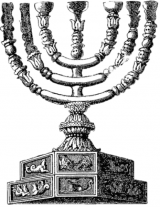
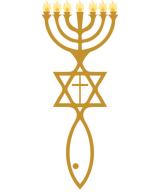
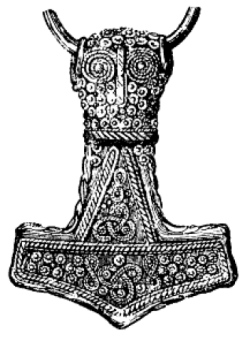
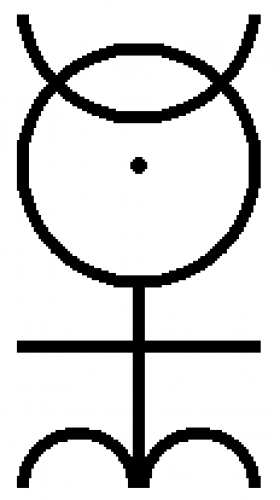

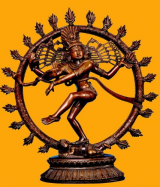
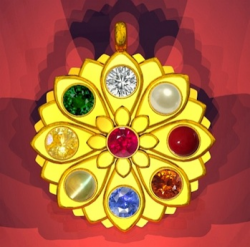
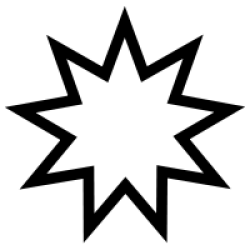
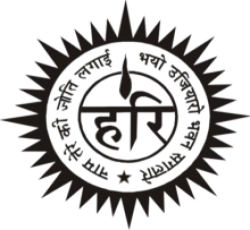
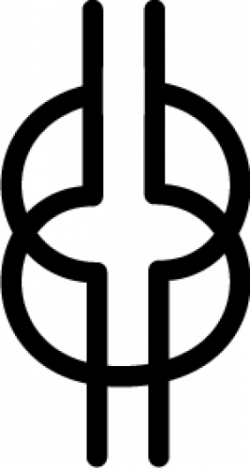

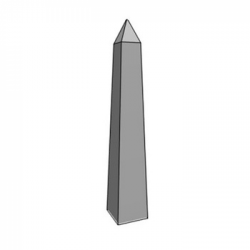

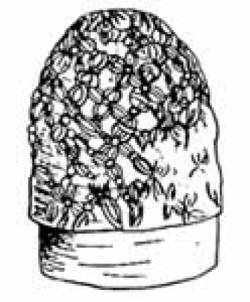
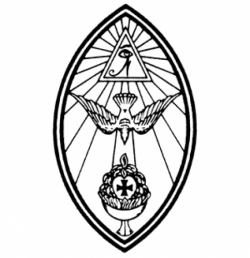
Have a discussion about the Religious Symbols category with the community:
Report Comment
We're doing our best to make sure our content is useful, accurate and safe.
If by any chance you spot an inappropriate comment while navigating through our website please use this form to let us know, and we'll take care of it shortly.
Attachment
You need to be logged in to favorite.
Log In